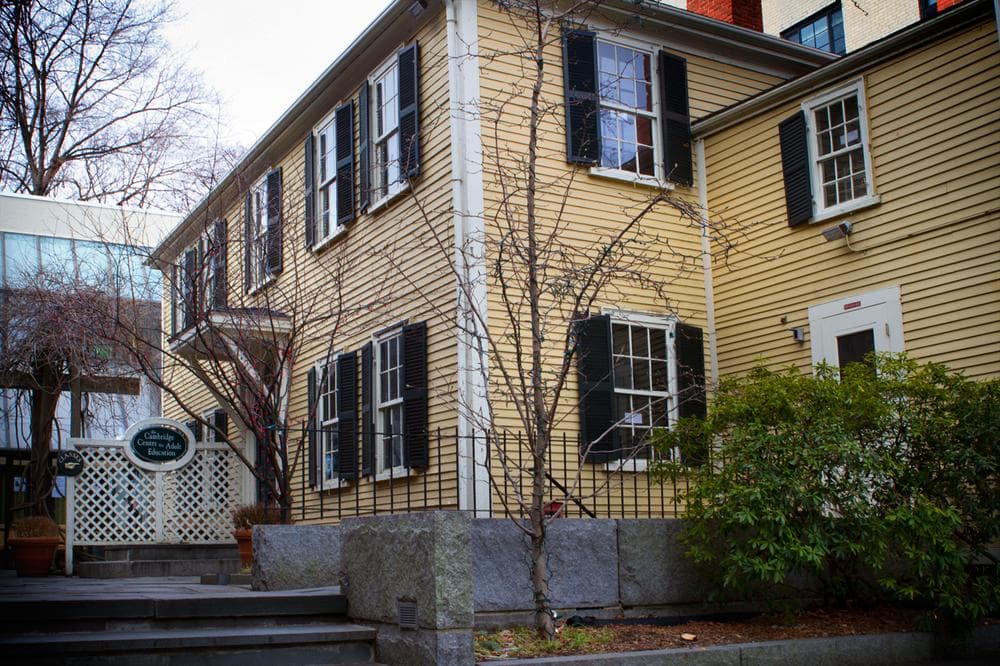Advertisement
The Quiet History Of The Blacksmith House
Resume
If you have ever read "The Village Blacksmith" by Henry Wadsworth Longfellow, first published in 1841, you might be familiar with the Blacksmith House that still stands today in Cambridge.
Under a spreading chestnut-tree
The village smithy stands;
The smith, a mighty man is he,
With large and sinewy hands;
And the muscles of his brawny arms
Are strong as iron bands.
The blacksmith described is Longfellow's neighbor, Dexter Pratt, whose house at 56 Brattle Street in Harvard Square is now home to the Cambridge Center for Adult Education.
That part of the Blacksmith House's story is familiar to a lot of locals. But what was recently discovered is that after Pratt, the house came into the hands of an escaped slave named Mary Walker.
Walker and her family lived in the Blacksmith House from 1870 to 1912.
So who was Mary Walker? And how did an escaped slave come to own such a prestigious address?
Duke University history professor Sydney Nathans uncovered this remarkable story over the course of a 23-year investigation, the results of which comprise his new book "To Free a Family."
Guests:
- Sydney Nathans, professor emeritus of history at Duke University, author "To Free a Family"
More:
This segment aired on February 21, 2012.